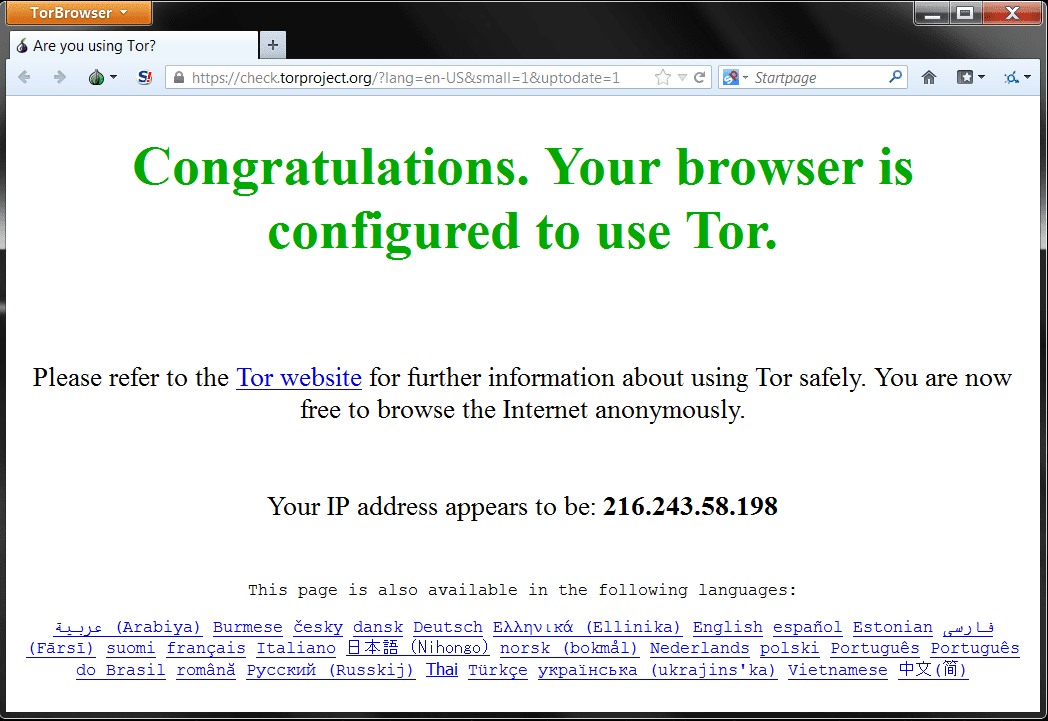
To make a more concrete assessment of one precise definition of the term "dark web,” this blog presents our findings of a spider specifically for those sites that are accessible within the Tor network of onion domains. The dark web is a frequent topic of interest for anyone who cares about cybersecurity, but its mystique has given rise to a number of popular misconceptions, and “ dark web” can be a muddled term. It is this tiny slice of the dark web that is truly dark. In contrast, we looked at what we view as the top eight onion sites most respected in the criminal community and found that the most visible had a maximum of 15 inbound links with an average of only 8.7 inbound links per site. An onion site offering help setting up onion servers had 279 inbound links. In our onion site crawl, the site with the highest inbound link count was a popular market with 3,585 inbound links. On the surface web, popular websites will attract inbound link counts in the millions or more.

Uptime even on popular dark web sites is well below the 99.999% “five nines” availability that is expected for reputable companies on the surface web, and onion sites regularly disappear permanently with or without explanation.

Scams are prevalent, such as a typosquatting scam that claims to have successfully defrauded users of over 400 popular onion sites, netting thousands of dollars in Bitcoin from victims. These onion sites are disorganized and unreliable.

The popular iceberg metaphor that describes the relationship of the surface web and dark web is upside down. Out of about 55,000 onion domains that we found, only around 8,400 onion domains had a live site (15%). Our count of live reachable onion site domains comes to less than 0.005% of the number of surface-web site domains. In reality, the number of onion sites is tiny compared to the size of the surface web.


 0 kommentar(er)
0 kommentar(er)
